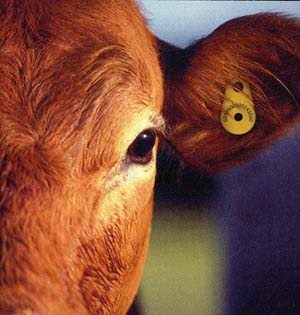After more than a decade battle, Congress repealed a Country of Origin Labeling Law (COOL) in December, according to a NBC News article available here. The Capital Press also published an article available here and the Chicago Tribune here.
Lawmakers said they had no choice but to get rid of the labels after the World Trade Organization repeatedly ruled against them. The WTO recently authorized Canada and Mexico, which had challenged the law, to begin more than $1 billion in economic retaliation against the United States.
The COOL repeal has been a growing topic in livestock circles for several years and more recently when the World Trade Organization (WTO) sanctioned $1 billion in retaliatory tariffs on U.S. exports by Canada and Mexico, according to Capital Press.
The dispute resulted in four WTO rulings against the U.S. that were found to be in violation of trade obligations by COOL’s discrimination against cattle and hogs imported from Canada and cattle from Mexico.
Representatives of industrial meatpacking and processing stated that they didn’t want to stop Americans from knowing the origins of their meat, but claim that there are other ways to find out, according to the Chicago Tribune.
“If meat comes from another country direct to retail it must be labeled from that country,” says Eric Mittenthal of the North American Meat Institute. “That has long been the law. Otherwise if it’s processed in a U.S. facility under (Department of Agriculture Food Safety and Inspection Service) inspection it is marked as such. If companies decide to offer more detail they may, but we believe that should be voluntary so that consumers may be the ultimate judge of what they value.”
The issue is expected to come up again in 2016, with Vermont set to require labeling on genetically modified food this summer, according to NBC News.
The day the spending bill passed, Vilsack said he would try to help Congress come up with a middle ground on labeling of engineered foods “in a way that doesn’t create significant market disruption, while at the same time recognizing consumers’ need to know and right to know basic information.”
For more information on Country of Origin Labeling, please visit the National Agricultural Law Center’s website here.
